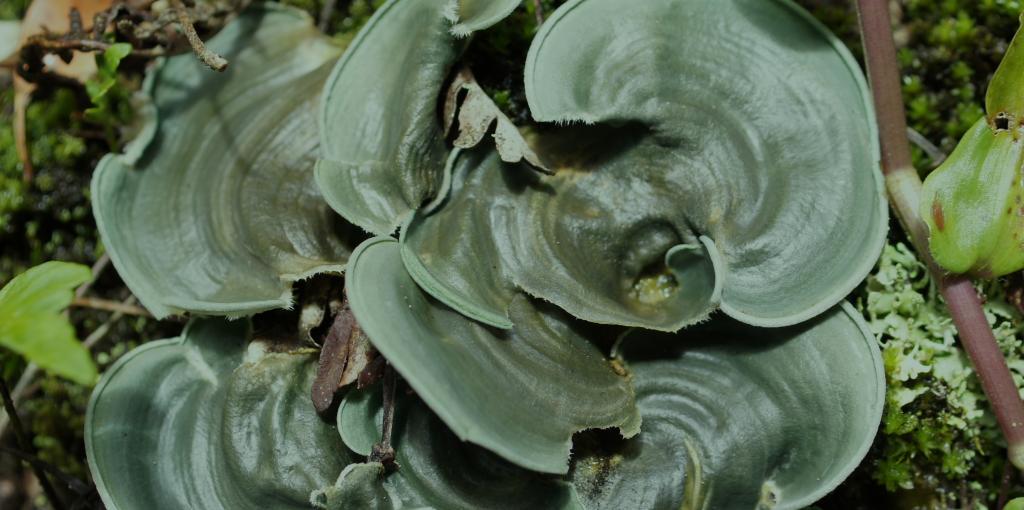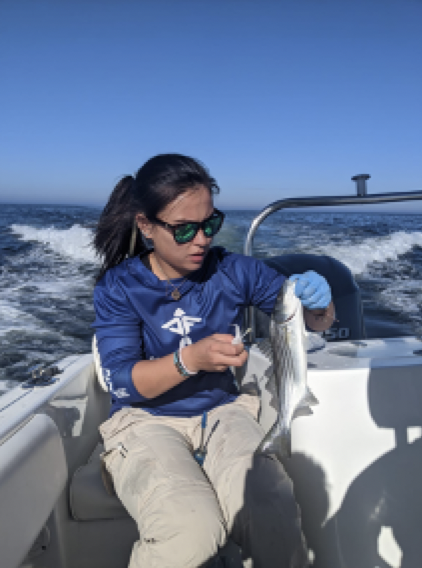Admission CTAs
Master's student focuses thesis research on fish in the Chesapeake Bay.
Environmental Science and Policy master's student Kim Magalona loves to fish and regularly goes with her friends. During her more recent trips out, she noticed something odd on the fish in the Chesapeake Bay. Several appeared to suffer from lesions. The culprit--a novel pathogen in wild life striped bass called mycobacteriosis.
She and Environmental Science and Policy assistant professor, Jennifer Salerno, recently aquired IACUC approval, as well as scientific collection permits, for Magalona’s thesis research investigating mycobacteriosis in striped bass in the Chesapeake Bay.
"I wanted to do this research to help find ways that could better manage the striped bass population in the Chesapeake Bay since they’re really important for recreational and commercial purposes," said Magalona.
This month she collected the 60 fish needed for her MS project titled: "Microbiome Characterization of Morone saxatilis Skin and Tissue to Develop a Minimally Invasive Tool for Detection of Mycobacteriosis Infection." She will study the microbial community on the skin and internal organs of infected striped bass and find whether there is a shift in the microbial community when the striped bass are infected
Magalona said she plans to develop a non-invasive test for these fish without the need for euthanasia and necropsy. Currently, the only way that striped bass can be diagnosed without a necropsy is visually seeing skin lesions. However, this is only present in less than 30 percent of infected fish.

